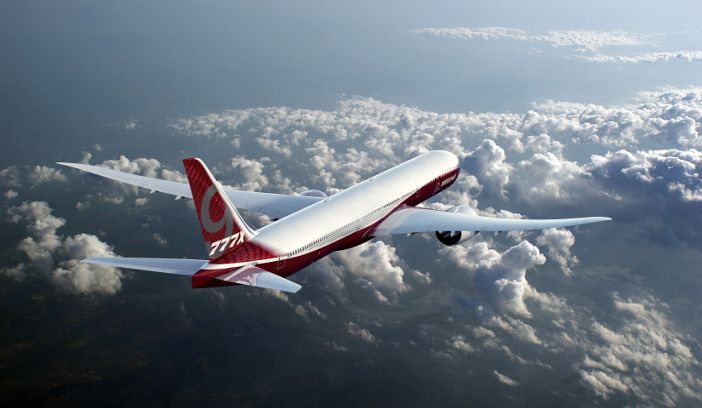The major fuselage sections of the first 777X test aircraft have been joined together.
The production milestone, called the final body join, is when the airplane’s nose, mid and aft sections are connected.
The 777x, which is being built at the Boeing’s factory in Everett, Washington, is 252ft long (77m), making it the longest passenger jet the manufacturer has ever produced. The twin-engine jet is also the first to feature folding wingtips, which when extended in the air will give it a wingspan of 235ft (72m).
Josh Binder, vice president and general manager of the 777X said, “The 777X is a new airplane and is using a new production system.
“The production system was integrated into the development program sooner than any other airplane, and the team is doing a great job of hitting our milestones as expected.”
According to Boeing the 777x, which is powered by the GE9X engine, will consumer 12% less fuel and be 10% cheaper to run similar competing airliners. The aircraft’s new composite folding wings have been developed so it can fit in the same airports and gates as Boeing’s current popular long-range aircraft, the 777-300ER, while delivering these savings.
The first 777X introduced will be the 777-9 model, which can seat 400 to 425 passengers in a standard configuration and offer a range of 7,600 nautical miles (14,075km).
The first 777X test airplane for static ground testing was completed in September 2018. Three additional flight test airplanes will be built after the first flight test.
The 777X first flight is scheduled for 2019. The 777-9 is expected to enter service in 2020, with a smaller variant, the 777-8 following a few years later.





